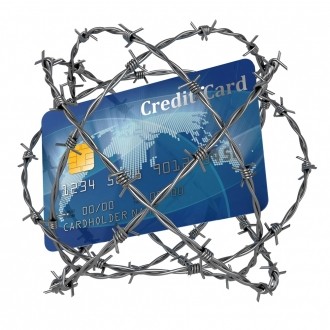A new breed of credit cards featuring contactless payments using RFID or NFC technology is just around the corner but some are already concerned about how easy it might be for thieves to intercept a transmission or initiate their own while the card owner is none the wiser. Researchers at the Pittsburgh Swanson School of Engineering have developed a very simple solution that aims to eradicate this risk before it ever happens.
The idea of a contactless payment system is appealing for a few different reasons. Users are less likely to have their card information stolen when submitting the plastic for payment, say at a restaurant, where the card typically leaves the table for a few minutes. Also gone is the possibility of someone seeing you enter a PIN number on a debit card, although that's a slightly different scenario.
The issue with current contactless systems is that they are "always on", meaning the data from the card can be extracted at any time so long as someone with a reader is close enough to you. The card could be in your wallet or purse and still be vulnerable.
To solve this dilemma, researchers have designed a prototype card that includes an on / off switch of sorts. In its default state, the card is off and no transmissions can occur. To activate the card, the user must place a finger or thumb within a designated area on the card. This eliminates any potential unauthorized access (unless someone with a reader was standing nearby when you used your card - pretty unlikely) while still maintaining the contactless feature.
Of course, someone could still steal the card and make unauthorized purchases or withdraws but that's no different than what could happen with today's technology. Researchers have already filed a patent application for the technology but there's no timeframe on when we could see major card companies implement such a feature.
Credit card image by Shutterstock.
